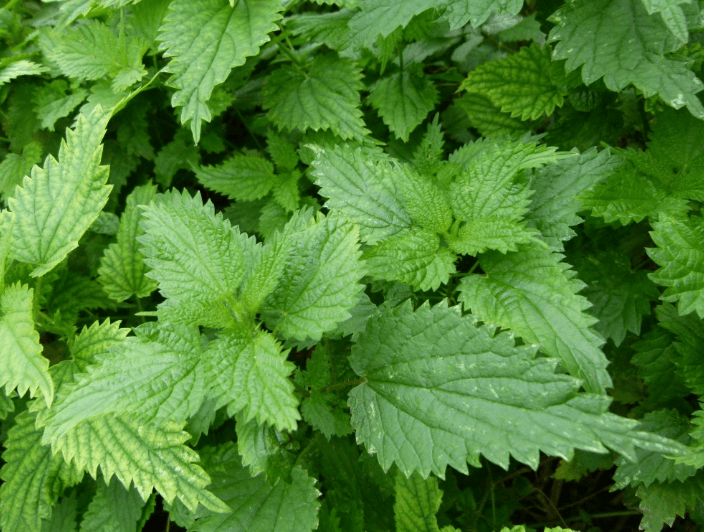Nausea
Definition:
an unpleasant sensation vaguely referred to the epigastrium and abdomen, with a tendency to vomit. Nausea may be a symptom of a variety of disorders, some minor and some more serious.
Signs & Symptoms:
Nausea symptoms are frequently difficult for people to describe. Nausea symptoms are not painful but very uncomfortable feelings that are felt in the chest, upper abdomen, or back of the throat. Nausea can also be associated with
headache,
fever,
diarrhea,
gas,
vomiting,
dizziness,
lightheadedness,
diarrhea,
abdominal pain, and
a general feeling of being sick to one’s stomach.
Cause:
Nausea is difficult for many people to describe. It is a very uncomfortable, but not painful, feeling that is felt in the back of the throat, the chest or the upper abdomen. The feeling is associated with distaste for food or an urge to vomit. When the body prepares to vomit, the following sequence may occur:
The muscular ring between the esophagus and stomach (esophageal sphincter) relaxes.
The abdominal muscles and diaphragm contract.
The windpipe (larynx) closes.
The lower portion of the stomach contracts.
When a person vomits, the stomach contents are expelled through the esophagus and mouth.
As a result of these body actions, when you have nausea you experience retching. Retching is repeated rhythmic contractions of respiratory and abdominal muscles that occur without your control. You may or may not vomit. Profuse sweating sometimes accompanies nausea.
How To Cure:
Drinks containing sugar are likely to calm a shaky stomach. Flat soft-drinks at room temperature are good examples.
When youre nauseated, lie still. Moving around disturbs the balance mechanism in your middle ear, which can worsen nausea and lead to vomiting. While youre lying down, place a cool washcloth on your forehead and focus on your breathing so you dont think as much about your stomach.
If you think you can handle it, nibble on some toast or a few crackers-dry foods that are high in carbohydrates. Avoid foods that contain fat until youre feeling better.
Try an acupressure trick: Place your right thumb on the inside of your left forearm, about two thumb-widths from the crease of your wrist. Press firmly for about a minute, then move your thumb a little closer to your wrist and press for another minute. Repeat on the other forearm.


